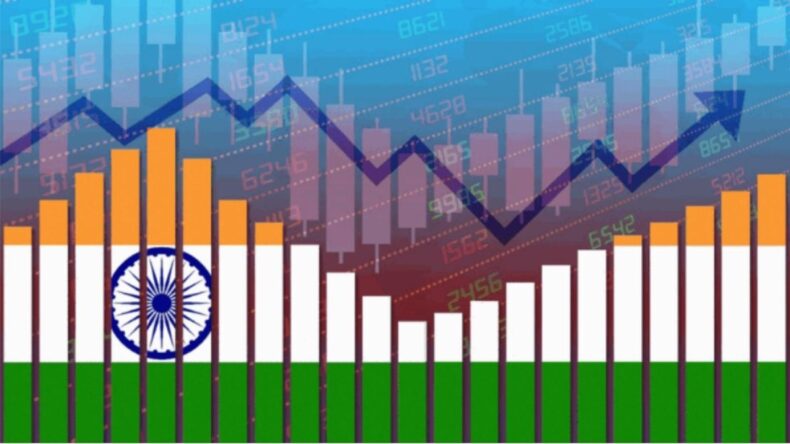The World Bank has said that India’s economy is expected to grow by 8.3% in the fiscal year 2021-2022. Public investments and incentives to increase manufacturing have acted as boosters.
The forecast seems to have been the same as predicted by World Bank in June 2021, and there has been a 1.8 % point-downward revision from the forecast in March 2021.
Hans Trimmer, World Bank chief economist for the South Asia region, gave the reason for no revision from June, saying, “Most recent data has been taken into account. The report is up-to-date. The pace of vaccination will determine the economic prospects, and successful implementation of labour reforms will boost medium-term growth.”
The report said the increase in vaccination in the country would determine the economic prospects for the current year. The pandemic course will make an uncertain point of view in the near term until herd immunity is achieved.
It also stated that there might be risks to the outlook due to which the asset-quality deterioration owing to the pandemic will be unclear.
Different Institutions have forecasted different growth rates for FY22. According to the World Bank’s fall, 2021 report on South Asia, a 7.5% growth is expected next year. RBI estimates otherwise and states that India will achieve 9.5% GDP growth in the current fiscal year.
RBI has taken steps and announced measures to provide liquidity to micro, small and medium enterprises, and it has loosened regulatory requirements on the provisioning of non-performing assets. Warning the RBI of persistently high inflation, its accommodative monetary policies will bear the brunt.
On the other hand, the Government of India has given positive assurance that the country is going to see an enormously vast and sharp recovery with 10% GDP Growth.
In a separate survey conducted by industry lobby group Federation of Indian Chambers of Commerce and Industry [Ficci], the results are relatively buoyant, with the federation estimating the growth to be at 9.1% and stating that the economy is ready to deal with any headwinds from the thinning course of action.
Vaccination is one of the chief elements of economic recovery, investment, “unlocking of the economy,” and targeted fiscal and monetary measures have also played a significant role. Strong export growth and limited damage to domestic demand have shown a substantial effect on Quarter 1 of the 2022 Financial Year [Q1FY22].

Higher spending on infrastructure, rural development, health and increase in manufacturing and services will play critical roles in a quick recovery of the economy.
Against the higher expectations of the Indian Government, the report says the fiscal policy in the FY22 budget led to higher expenditure to be targeted at health care and infrastructure to improve the post-pandemic economy.
To ensure that contractions like the FY2020-21 don’t happen again and for a fast-paced recovery of the economy, policymakers should take steps to have inclusive and resilient growth by ensuring macroeconomic stability.
“With the emergence of the new digital technologies, South Asia has an opportunity to shift gears from a traditional manufacturing-led growth model to capitalize on the potential of its service sector.” – World Bank.
Key risks to growth
Due to the hovering uncertainty of the pandemic, there are some downside risks, which should be taken into consideration.
- A potential rise of non-performing loans- The pandemic being the biggest accelerator of Non-performing assets[NPA’s], job losses and income instability have increased the NPA percentage of Banks.
- Another Covid Wave- A new variant or strain, if proven to be highly transmissible, can be a significant cause of economic loss to all the countries in the world.
- Loss of momentum in the global economy.- Owing to another Covid wave, there can be a loss of momentum in the economies of the world.
- Slow recovery in the informal sector













